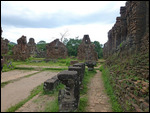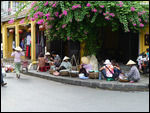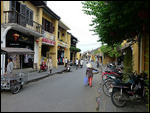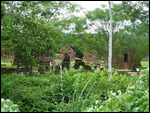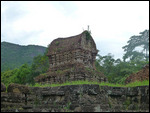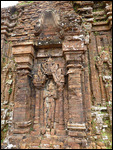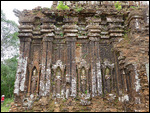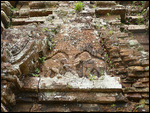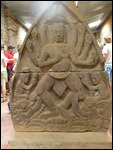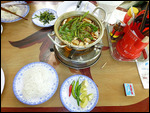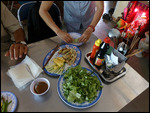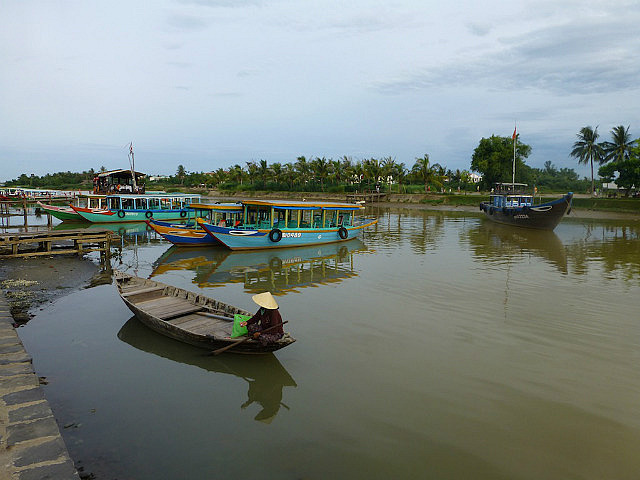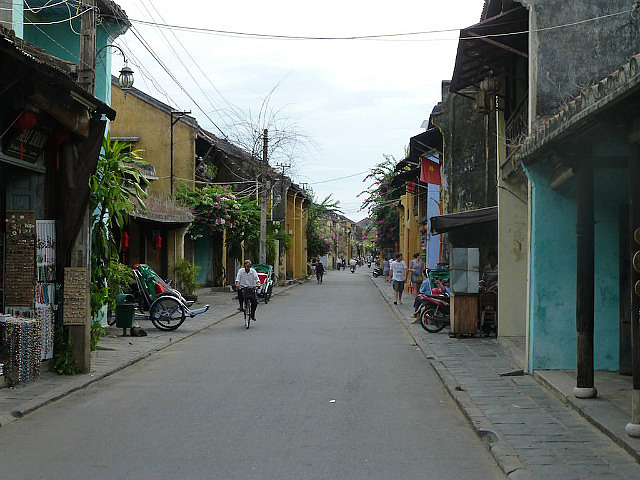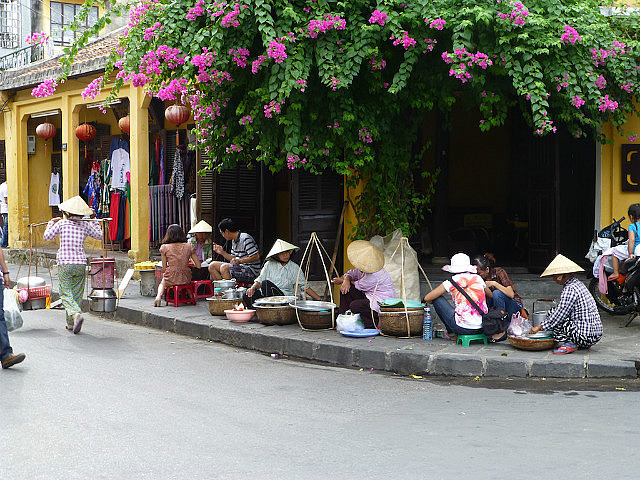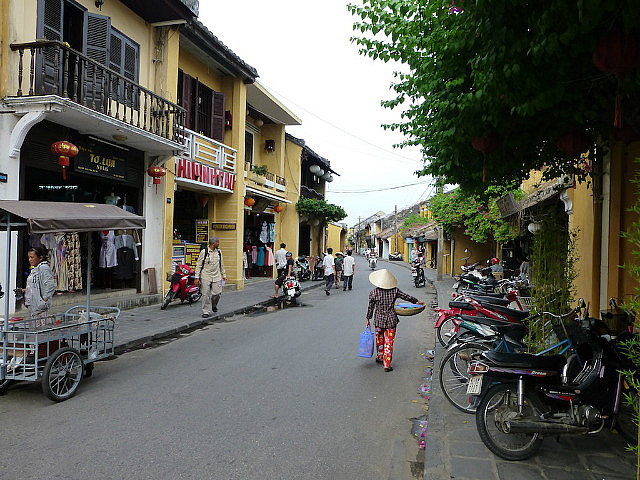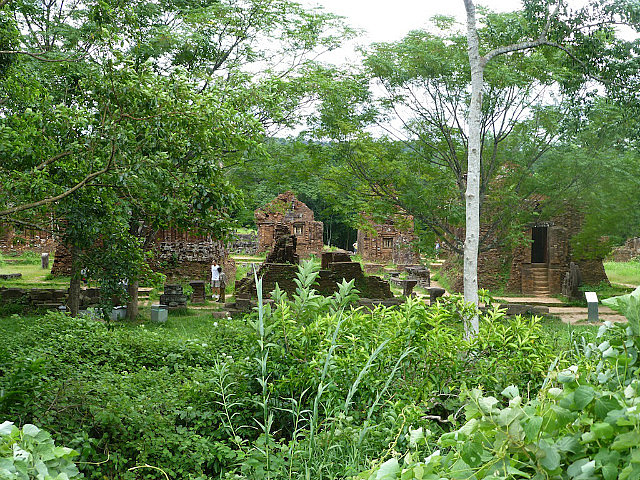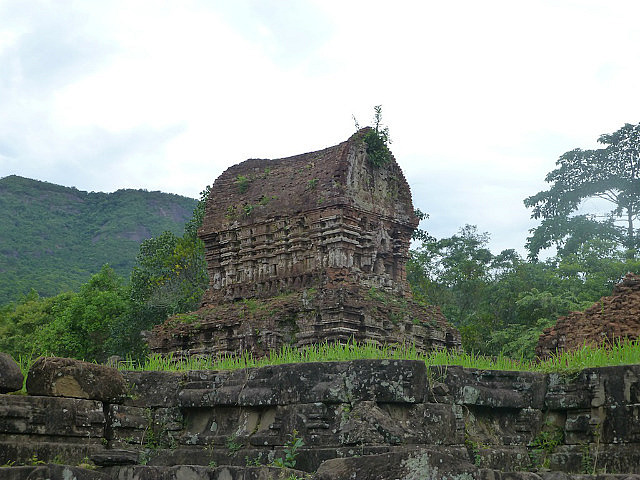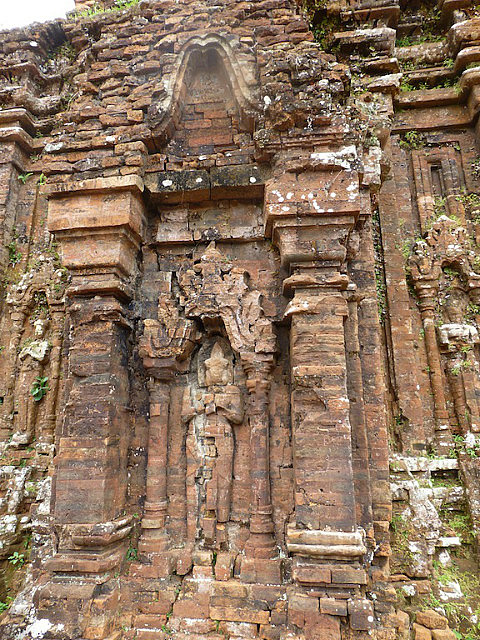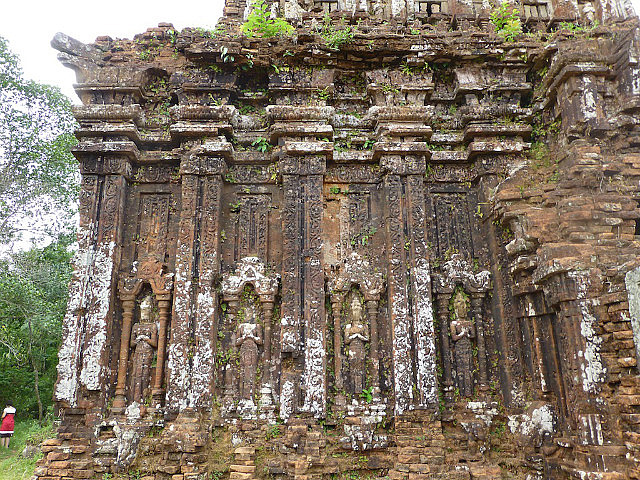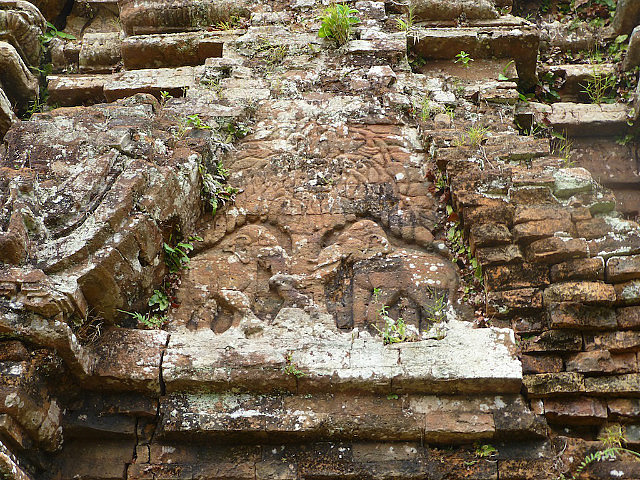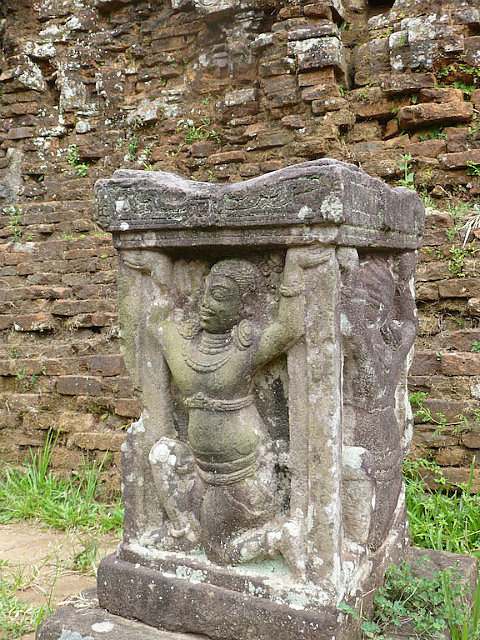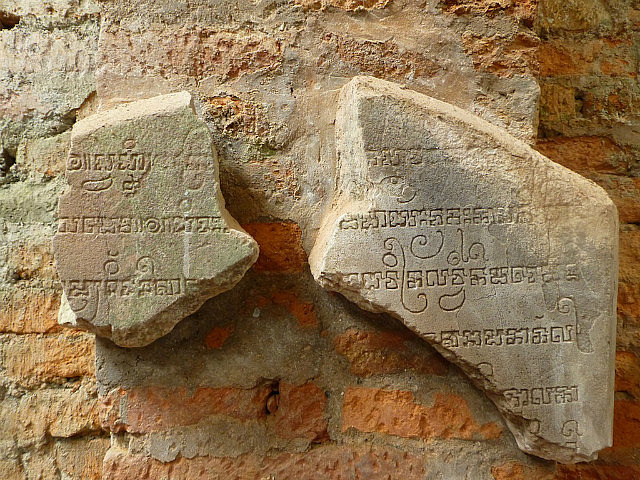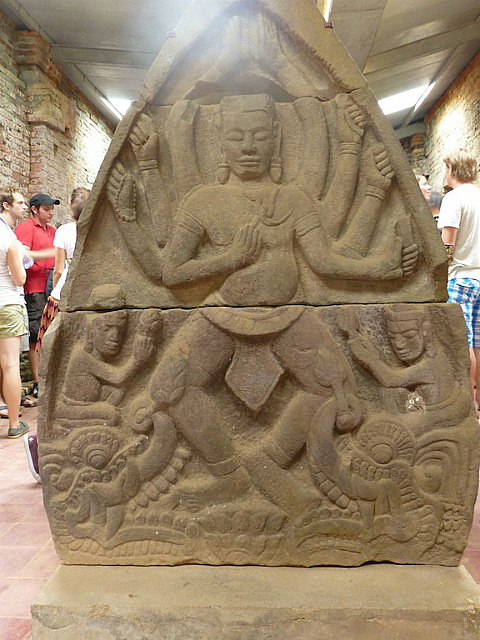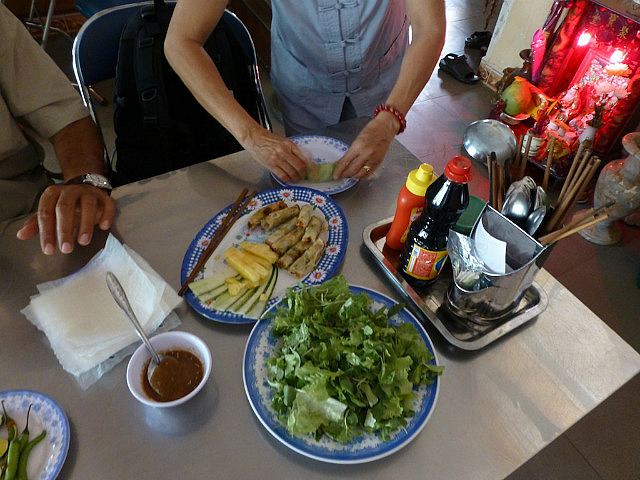About 3 hours south by bus from Hue is the sleepy riverside town of Hoi An. For most of the way, Highway 1A hugs the coast and the intermittent scenic panorama along the way makes this one of the more pleasant stretches of road to traverse. The route passes through the city of Danang (Vietnam's fourth largest), which is also the closest airport and train station for Hoi An. South of Danang, the coastline has already or is in the process of being taken over by large resort developments (a la Cancun) obscuring the beach from the road.
The town of Hoi An is located along the banks of the Thu Bon River and was the site of the first Chinese settlement in southern Vietnam. Chinese and Japanese traders sailed south and during the sojourn in Hoi An, they rented waterfront houses for use as warehouses and living quarters. The Chinese who settled in Hoi An identified themselves according to their province of origin and each community built its own Assembly halls for gatherings, meetings and celebrations. These have been preserved and form the core of the Old Town along with some some traditional homes and temples all of which are open to visit. There is still a small community of ethnic Chinese living here but it is difficult to tell them apart as they have assimilated with the local population.
A town ideally suited to walking, Hoi An is a place where many travelers linger on, browsing through its streets during the day, visiting historic houses that have been converted into museums, taking cooking classes or and crowding its restaurants at night. It has a reputation for custom-tailored clothing and there is a glut of tailor shops that tempt the visitor to make Western style suits and dresses, measured, fitted and delivered within a day.
Besides being a draw due to its contemporary charm, Hoi An is also the base to visit My Son (pronounced ‘me sun’) which is the location of the most important remains of the ancient Hindu kingdom of Champa. Set within the jungle 55km from Hoi An, it is a Unesco World Heritage site. It is considered to be Champa’s smaller version of the grand cities of Southeast Asia’s other Indian-influenced civilisations: Angkor (Cambodia), Ayuthaya (Thailand), Bagan (Myanmar) and Borobudur (Java). Here you are reminded again why this whole region is called Indo-China.
We learned that the Champa became Indianised through commercial ties. They adopted Hinduism and even used Sanskrit as the sacred language. My Son became a religious centre in the late 4th century and was constantly occupied until the 13th century – the longest period of development of any monument in Southeast Asia. Most of the temples were dedicated to Cham kings and to Hindu divinities, particularly Shiva, who was regarded as the founder and protector of Champa’s dynasties. The Chams were known for the many brick sanctuaries that they constructed throughout southern Vietnam. The techniques they used to construct these structures are still being studied by researchers as the appear to have used no 'glue' between the bricks.
The Chams lacked enough land for agriculture, were semi-piratical and conducted attacks on passing trade ships. As a result they were in a constant state of war with the Vietnamese in the north and the Khmers in the southwest. They successfully threw off Khmer rule in the 12th century, but were mostly absorbed by Vietnam in the 17th century. Today they are a tiny minority mainly living in the Mekong Delta. Interestingly, at some point in the intervening years most of them converted from Hinduism to Islam.
While traces of 68 distinct structures have been found at My Son, it is mostly in ruins today. During the Vietnam War this region was completely devastated in extended bitter fighting. Finding it to be a convenient staging ground, the Viet Cong used My Son as a base; in response the Americans bombed the monuments. Some 20 monuments survived, but many of them sustained extensive damage and work is on-going to restore them.
If we have stopped talking about food in recent weeks, it is not because we have stopped eating but because there has been little to report. In Vietnam, we had Pho (rice noodle soup with herbs and vegetables) for several lunches and dinners, a favorite even when we are back home. But a couple of fantastic Vietnamese dining experiences that bookended our stay in Hoi An brings us back to this topic.
We had just been dropped off on the outskirts of Hoi An, and judging from our location on the GPS we figured that our hotel should be less than a kilometer away, so set off to walk to it. Within a few blocks we noticed an unassuming neighborhood restaurant, completely deserted, called An Phu Vegetarian and decided it to check it out. The smiling matronly hostess gestured us to take a seat at the outdoor table and maybe unsure of our culinary preferences, pointed out that this was a vegetarian establishment and if we were looking to dine something more 'exciting' , perhaps we should reconsider. We assured her using sign language that we were quite aware of the "limited" menu and it was perfectly ok with us. The items on the menu were not accompanied by English translations so we just pointed at two items and prepared to wait and see what we would get.
What followed was a steady stream of delicious dishes from the kitchen, served lovingly by the smiling hostess who showered total attention on us as if we were personal guests at her house. Seeing our discomfort with the heat and humidity, a fan was moved directly in front of our table. It turned one of the dishes we had order was a mushroom hotpot and and a large plate arrived with a variety of mushrooms, tofu, greens and herbs. The accoutrements needed to cook it was assembled, a pan with broth placed over the flame and at our request, she helped getting them into the broth in the right order. The results, a meal to remember and by which all future Vietnamese meals will be measured against !
We returned to the same place on the day we were departing from Hoi-An and this time we got a lesson in the optimal technique to assemble fresh spring rolls (with greens, thin pineapple sections, cucumbers, fried spring rolls ) in rice paper. By popular demand, the mushroom hotpot was repeated and it was just as much of a hit as the first time !



